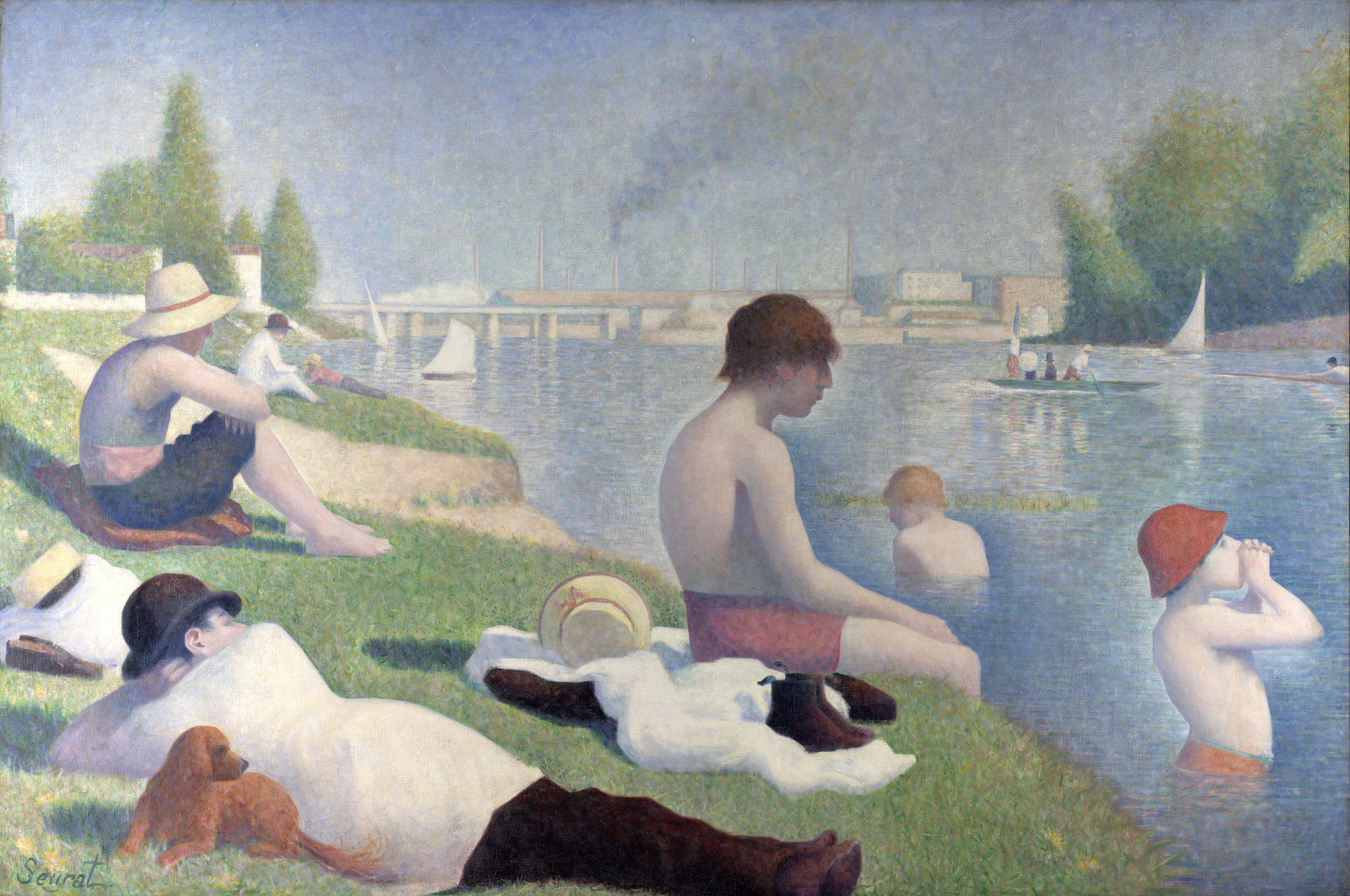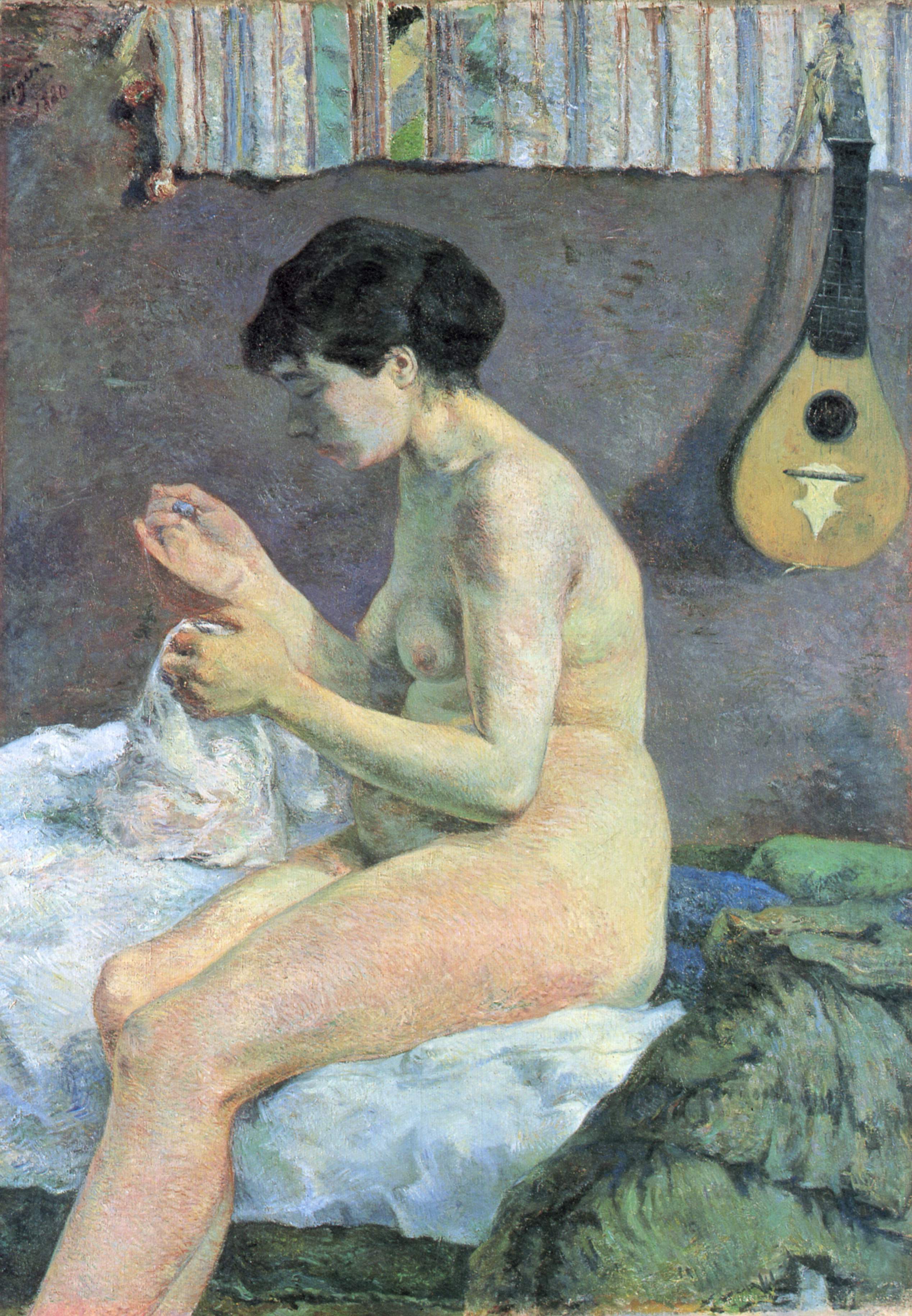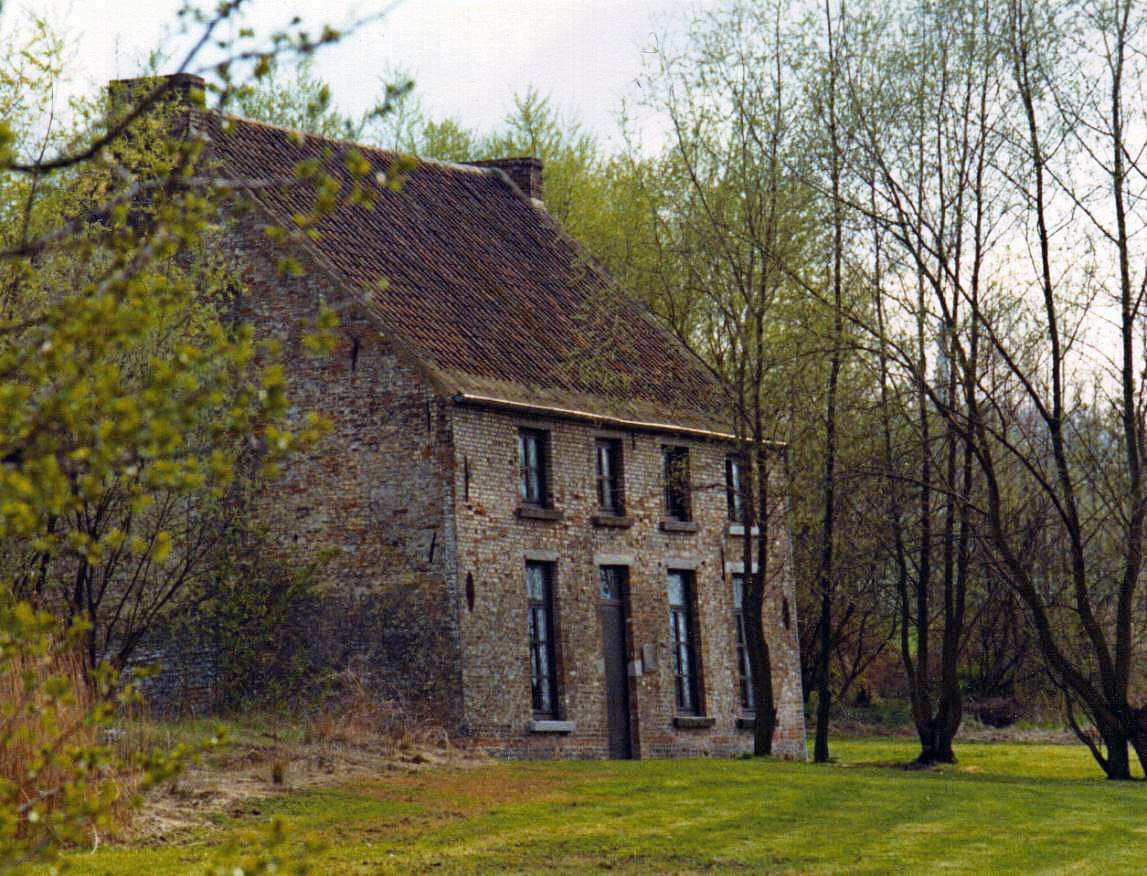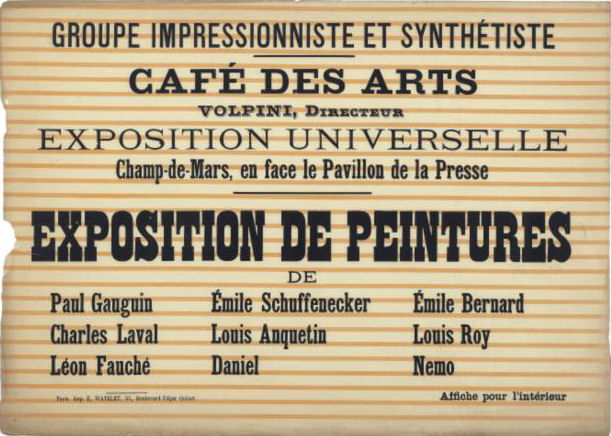|
Alfred H. Barr, Jr.
Alfred Hamilton Barr Jr. (January 28, 1902 – August 15, 1981) was an American art historian and the first director of the Museum of Modern Art in New York City. From that position, he was one of the most influential forces in the development of popular attitudes toward modern art; for example, his arranging of the blockbuster Van Gogh exhibition of 1935, in the words of author Bernice Kert, was "a precursor to the hold Van Gogh has to this day on the contemporary imagination." Life and education Barr's life and work are the subject of Hugh Eakins's 2022 book about efforts by Barr and others to bring Picasso's work, already celebrated in Europe, to the United States. Barr graduated from the Boys' Latin School of Maryland. Barr received his B.A. in 1923 and his M.A. in 1924 from Princeton University, where he studied art history with Frank Jewett Mather and Charles Rufus Morey. In 1924, he began doctoral work at Harvard, but left after completing PhD course requirements to purs ... [...More Info...] [...Related Items...] OR: [Wikipedia] [Google] [Baidu] [Amazon] |
Boys' Latin School Of Maryland
Boys' Latin School of Maryland is an all-boys, university-preparatory school located in Baltimore, Maryland. Founded in 1844, it is the oldest independent, nonsectarian secondary school in the state of Maryland. The school is divided into Lower, Middle and Upper Schools. There are approximately 640 students in kindergarten through twelfth grades. History Boys' Latin was founded in 1844 by Evert Marsh Topping, a former classics professor from Princeton University. The school was located in a downtown housing project (on Brevard Street) until the late 1950s, when its site was selected as part of a city-sponsored urban renewal project. The school relocated to its present campus spanning Lake Avenue, on the border between Baltimore and Baltimore County, in Roland Park, Baltimore Roland Park is a community in Baltimore, Maryland. It was developed between 1890 and 1920 as an upper-class streetcar suburb. The early phases of the neighborhood were designed by Edward Bouton an ... [...More Info...] [...Related Items...] OR: [Wikipedia] [Google] [Baidu] [Amazon] |
The New Masses
''New Masses'' (1926–1948) was an American Marxist magazine closely associated with the Communist Party USA (CPUSA). It was the successor to both '' The Masses'' (1911–1917) and ''The Liberator'' (1918–1924). ''New Masses'' was later merged into '' Masses & Mainstream'' (1948–1963). With the widespread economic hardships brought on by the Great Depression of 1929, many Americans were more receptive to socialist and leftist ideas. As a result, ''New Masses'' grew in circulation and became highly influential in literary, artistic, and intellectual circles. The magazine has been called "the principal organ of the American cultural left from 1926 onwards." History Early years ''New Masses'' was launched in New York City in 1926 as part of the Workers (Communist) Party of America's stable of publications, produced by a communist leadership but making use of the work of an array of independent writers and artists.Paul Buhle, ''Marxism in the USA: From 1870 to the Present D ... [...More Info...] [...Related Items...] OR: [Wikipedia] [Google] [Baidu] [Amazon] |
Picasso
Pablo Diego José Francisco de Paula Juan Nepomuceno María de los Remedios Cipriano de la Santísima Trinidad Ruiz y Picasso (25 October 1881 – 8 April 1973) was a Spanish painter, sculptor, printmaker, Ceramic art, ceramicist, and Scenic design, theatre designer who spent most of his adult life in France. One of the most influential artists of the 20th century, he is known for co-founding the Cubist movement, the invention of Assemblage (art), constructed sculpture, the co-invention of collage, and for the wide variety of styles that he helped develop and explore. Among his most famous works are the Proto-Cubism, proto-Cubist ''Les Demoiselles d'Avignon'' (1907) and the anti-war painting ''Guernica (Picasso), Guernica'' (1937), a dramatic portrayal of the bombing of Guernica by German and Italian air forces during the Spanish Civil War. Beginning his formal training under his father José Ruiz y Blasco aged seven, Picasso demonstrated extraordinary artistic talent from a ... [...More Info...] [...Related Items...] OR: [Wikipedia] [Google] [Baidu] [Amazon] |
Seurat
Georges Pierre Seurat ( , ; ; 2 December 1859 – 29 March 1891) was a French post-Impressionist artist. He devised the painting techniques known as chromoluminarism and pointillism and used conté crayon for drawings on paper with a rough surface. Seurat's artistic personality combined qualities that are usually thought of as opposed and incompatible: on the one hand, his extreme and delicate sensibility, on the other, a passion for logical abstraction and an almost mathematical precision of mind. His large-scale work '' A Sunday Afternoon on the Island of La Grande Jatte'' (1884–1886) altered the direction of modern art by initiating Neo-Impressionism, and is one of the icons of late 19th-century painting. Biography Family and education Seurat was born on 2 December 1859 in Paris, at 60 rue de Bondy (now rue René Boulanger). The Seurat family moved to 136 boulevard de Magenta (now 110 boulevard de Magenta) in 1862 or 1863. Seurat: p. 16 His father, Antoine Chrysost ... [...More Info...] [...Related Items...] OR: [Wikipedia] [Google] [Baidu] [Amazon] |
Gauguin
Eugène Henri Paul Gauguin (; ; 7 June 1848 – 8 May 1903) was a French painter, sculptor, printmaker, ceramist, and writer, whose work has been primarily associated with the Post-Impressionist and Symbolist movements. He was also an influential practitioner of wood engraving and woodcuts as art forms. While only moderately successful during his life, Gauguin has since been recognized for his experimental use of color and Synthetist style that were distinct from Impressionism. Gauguin was born in Paris in 1848, amidst the tumult of Europe's revolutionary year. In 1850, Gauguin's family settled in Peru, where he experienced a privileged childhood that left a lasting impression on him. Later, financial struggles led them back to France, where Gauguin received formal education. Initially working as a stockbroker, Gauguin started painting in his spare time, his interest in art kindled by visits to galleries and exhibitions. The financial crisis of 1882 significantly impa ... [...More Info...] [...Related Items...] OR: [Wikipedia] [Google] [Baidu] [Amazon] |
Vincent Van Gogh
Vincent Willem van Gogh (; 30 March 185329 July 1890) was a Dutch Post-Impressionist painter who is among the most famous and influential figures in the history of Western art. In just over a decade, he created approximately 2,100 artworks, including around 860 oil paintings, most of them in the last two years of his life. His oeuvre includes Trees and Undergrowth (Van Gogh series), landscapes, Still life paintings by Vincent van Gogh (Paris), still lifes, Portraits by Vincent van Gogh, portraits, and Portraits of Vincent van Gogh, self-portraits, most of which are characterised by bold colours and dramatic Paintwork, brushwork that contributed to the rise of expressionism in modern art. Van Gogh's work was only beginning to gain critical attention before he died from a self-inflicted gunshot at age 37. During his lifetime, only one of Van Gogh's paintings, ''The Red Vineyard'', was sold. Born into an upper-middle-class family, Van Gogh drew as a child and was serious, qui ... [...More Info...] [...Related Items...] OR: [Wikipedia] [Google] [Baidu] [Amazon] |
Post-Impressionism
Post-Impressionism (also spelled Postimpressionism) was a predominantly French art movement that developed roughly between 1886 and 1905, from the last Impressionist exhibition to the birth of Fauvism. Post-Impressionism emerged as a reaction against Impressionists' concern for the naturalistic depiction of light and colour. Its broad emphasis on abstract qualities or symbolic content means Post-Impressionism encompasses Les Nabis, Neo-Impressionism, Symbolism, Cloisonnism, the Pont-Aven School, and Synthetism, along with some later Impressionists' work. The movement's principal artists were Paul Cézanne (known as the father of Post-Impressionism), Paul Gauguin, Vincent van Gogh and Georges Seurat. The term Post-Impressionism was first used by art critic Roger Fry in 1906.Peter Morrin, Judith Zilczer, William C. Agee, ''The Advent of Modernism. Post-Impressionism and North American Art, 1900-1918'', High Museum of Art, 1986 Critic Frank Rutter in a review of the Salon ... [...More Info...] [...Related Items...] OR: [Wikipedia] [Google] [Baidu] [Amazon] |
Paul J
Paul may refer to: People * Paul (given name), a given name, including a list of people * Paul (surname), a list of people * Paul the Apostle, an apostle who wrote many of the books of the New Testament * Ray Hildebrand, half of the singing duo Paul & Paula * Paul Stookey, one-third of the folk music trio Peter, Paul and Mary * Billy Paul, stage name of American soul singer Paul Williams (1934–2016) * Vinnie Paul, drummer for American Metal band Pantera * Paul Avril, pseudonym of Édouard-Henri Avril (1849–1928), French painter and commercial artist * Paul, pen name under which Walter Scott wrote ''Paul's letters to his Kinsfolk'' in 1816 * Jean Paul, pen name of Johann Paul Friedrich Richter (1763–1825), German Romantic writer Places * Paul, Cornwall, a village in the civil parish of Penzance, United Kingdom * Paul (civil parish), Cornwall, United Kingdom * Paul, Alabama, United States, an unincorporated community * Paul, Idaho, United States, a city * Paul, Nebraska ... [...More Info...] [...Related Items...] OR: [Wikipedia] [Google] [Baidu] [Amazon] |
Anson Conger Goodyear
Anson Conger Goodyear (June 20, 1877 – April 24, 1964) was an American manufacturer, businessman, author, and philanthropist and member of the Goodyear family. He is best known as one of the founding members and first president of the Museum of Modern Art in New York. Early life and education Goodyear was born in Buffalo, New York, on June 20, 1877. Conger was the eldest of four children born to Charles Waterhouse Goodyear (1846–1911), a wealthy businessman who was friends with President Grover Cleveland, and Ella Portia Conger (1863–1940). His youngest brother was lawyer Bradley Goodyear. The family, who were very prominent in Western New York, resided at 888 Delaware Avenue in Buffalo. He was educated at the Nichols School in Buffalo. He graduated from Yale University in 1899. While at Yale, Goodyear was a member of Alpha Delta Phi and the Wolf's Head Society; there he began collecting limited and first editions of books. He expanded the collection later, obtaining ... [...More Info...] [...Related Items...] OR: [Wikipedia] [Google] [Baidu] [Amazon] |
New York University
New York University (NYU) is a private university, private research university in New York City, New York, United States. Chartered in 1831 by the New York State Legislature, NYU was founded in 1832 by Albert Gallatin as a Nondenominational Christianity, non-denominational all-male institution near New York City Hall, City Hall based on a curriculum focused on a secular education. The university moved in 1833 and has maintained its main campus in Greenwich Village surrounding Washington Square Park. Since then, the university has added an engineering school in Brooklyn's MetroTech Center and graduate schools throughout Manhattan. NYU is one of the largest private universities in the United States by enrollment, with a total of 51,848 enrolled students in 2021. It is one of the most applied-to schools in the country and admissions are considered selective. NYU's main campus in New York City is organized into ten undergraduate schools, including the New York University College ... [...More Info...] [...Related Items...] OR: [Wikipedia] [Google] [Baidu] [Amazon] |
Carnegie Fellowship
The Carnegie Corporation of New York is a philanthropic fund established by Andrew Carnegie in 1911 to support education programs across the United States, and later the world. Since its founding, the Carnegie Corporation has endowed or otherwise helped establish institutions including the United States National Research Council, Harvard University's Davis Center for Russian and Eurasian Studies (formerly known as the Russian Research Center), the Carnegie libraries, the University of Chicago Graduate Library School, and the Children's Television Workshop (now Sesame Workshop). It also has funded the Carnegie Endowment for International Peace (CEIP), the Carnegie Foundation for the Advancement of Teaching (CFAT), and the Carnegie Institution for Science (CIS). According to OECD, Carnegie Corporation of New York's financing for 2019 development increased by 27% to US$24 million. Carnegie Corporation of New York's president is Louise Richardson and the chairman of its board ... [...More Info...] [...Related Items...] OR: [Wikipedia] [Google] [Baidu] [Amazon] |







